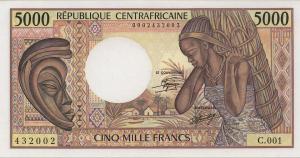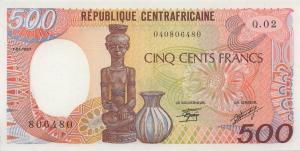Subsistence agriculture, together with forestry and mining, remains the backbone of the economy of the Central African Republic (CAR), with about 60% of the population living in outlying areas. The agricultural sector generates more than half of GDP. Timber and diamonds account for most export earnings, followed by cotton. Important constraints to economic development include the CAR’s landlocked position, a poor transportation system, a largely unskilled work force, and a legacy of misdirected macroeconomic policies. Factional fighting between the government and its opponents remains a drag on economic revitalization. Since 2009 the IMF has worked closely with the government to institute reforms that have resulted in some improvement in budget transparency, but other problems remain. The government’s additional spending in the run-up to the election in 2011 worsened CAR’s fiscal situation. Distribution of income is extraordinarily unequal. Grants from France and the international community can only partially meet humanitarian needs. In 2012 the World Bank approved $125 million in funding for transport infrastructure and regional trade, focused on the route between CAR’s capital and the port of Douala in Cameroon. After a two year lag in donor support, the IMF’s first review of CAR’s extended credit facility for 2012-15 praised improvements in revenue collection but warned of weak management of spending.
Source: Economy overview provided by CIA Factbook






